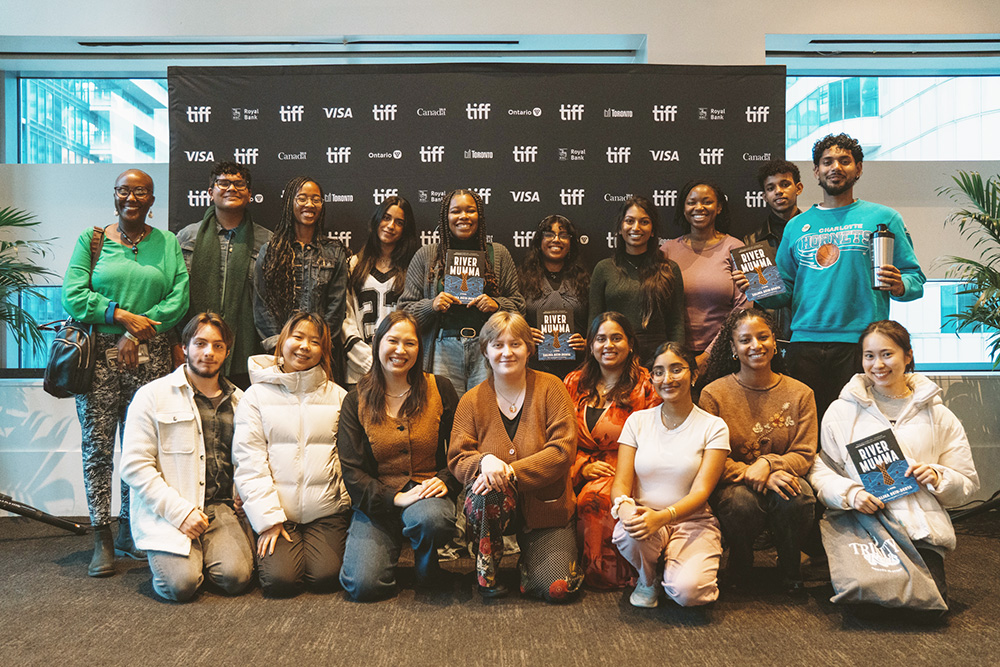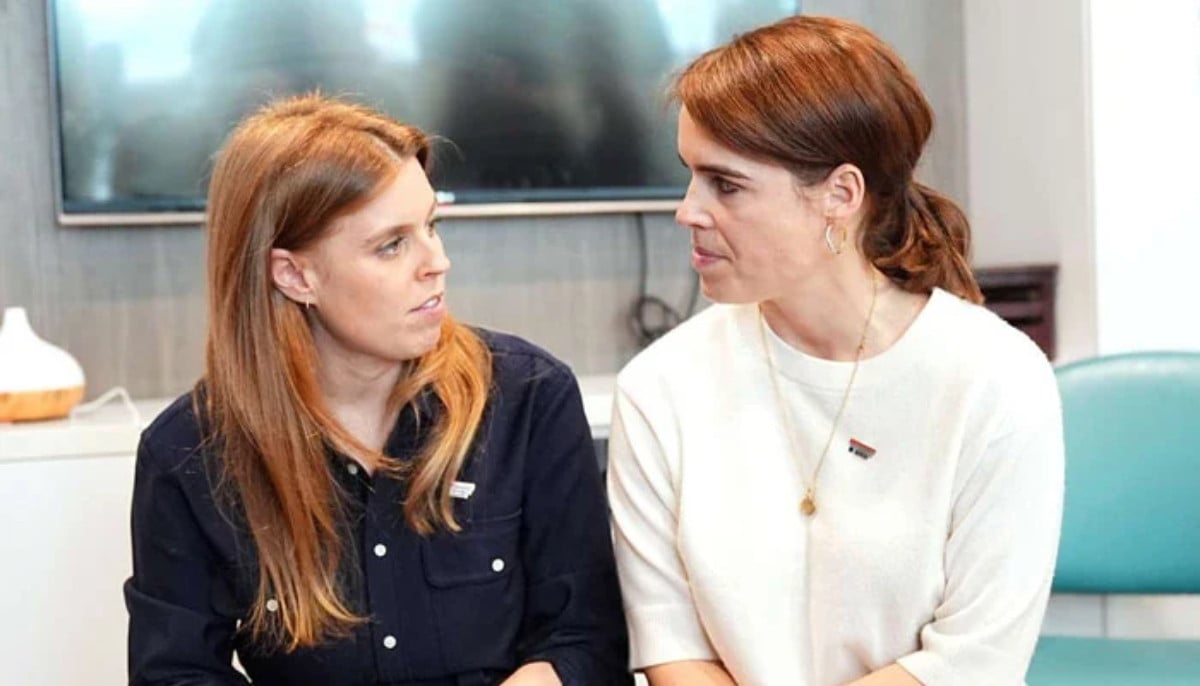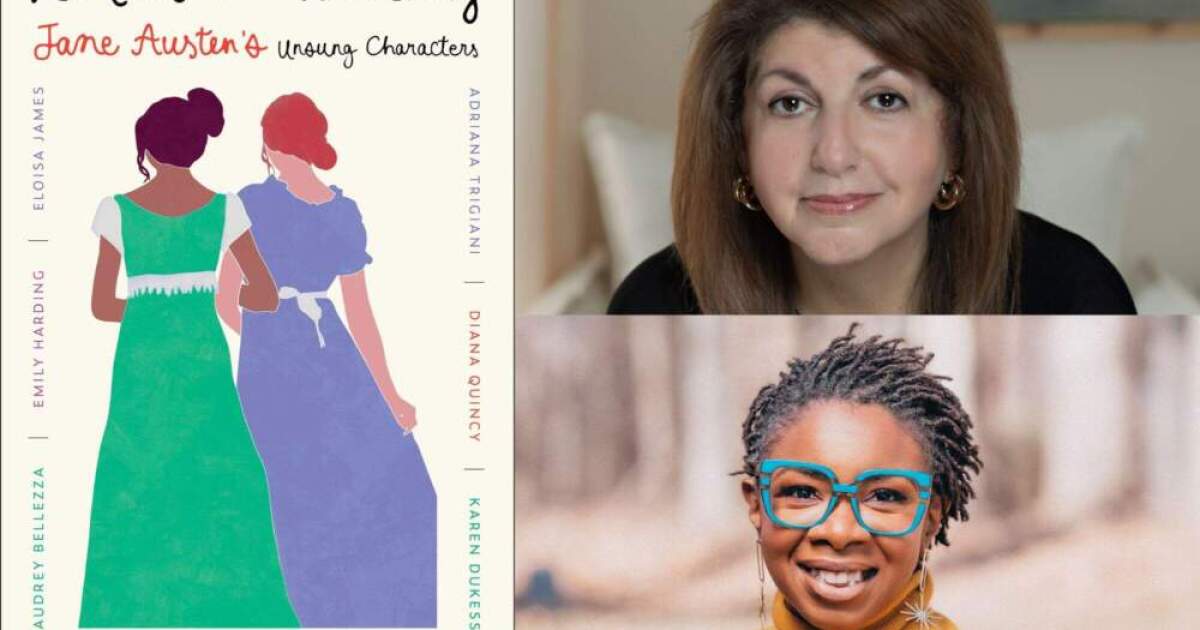By: Arlo Grzyb-Reed (Trinity Reads Student Committee – Library Liaison)
As another semester comes to an end, Trinity Reads wrapped up a term of events such as author talks, and workshops with a November 22 screening of Hayao…

By: Arlo Grzyb-Reed (Trinity Reads Student Committee – Library Liaison)
As another semester comes to an end, Trinity Reads wrapped up a term of events such as author talks, and workshops with a November 22 screening of Hayao…

Kevin Young ’92 is the poetry editor at The New Yorker and the former director of the Smithsonian’s National Museum of African American History and Culture. He was the 2024 recipient of the Harvard Arts Medal. His most recent book is…

by Kiran Desai
“I think many of our students could identify with aspects of the main characters in The Loneliness of Sonia and Sunny by Kiran Desai. The novel opens on a college campus in…

Princess Beatrice and Princess Eugenie were spotted entering the Palace…
 6PM & 7PM
6PM & 7PMEnjoy two festive adventures in one night! Take a 30-minute cruise aboard the Victory Rover for stunning views of the Battleship Wisconsin and downtown Norfolk glowing with holiday…

Here & Now‘s Robin Young celebrates Jane Austen’s 250th birthday with Diana Quincy and Nikki Payne, two romance authors who contributed to the new book “Ladies In Waiting: Jane Austen’s Unsung…

2025 Wrapped arrived last week bigger and bolder than ever. This year’s experience is designed to be ultra personal and shareable, with new features like Wrapped Party, Clubs, Fan…

This New Year’s Eve, global music icon Ronan Keating welcomes viewers to a night of music and celebration as he is joined by a stellar line-up of special musical guests for Ronan & Friends: A New Year’s Eve Party, airing on BBC One and BBC…

King Charles paid Andrew Mountbatten-Windsor large sums of money to move out of Royal Lodge, it has been claimed. The former prince has lived in the mansion on the King’s Windsor estate for more than two decades but has faced significant…